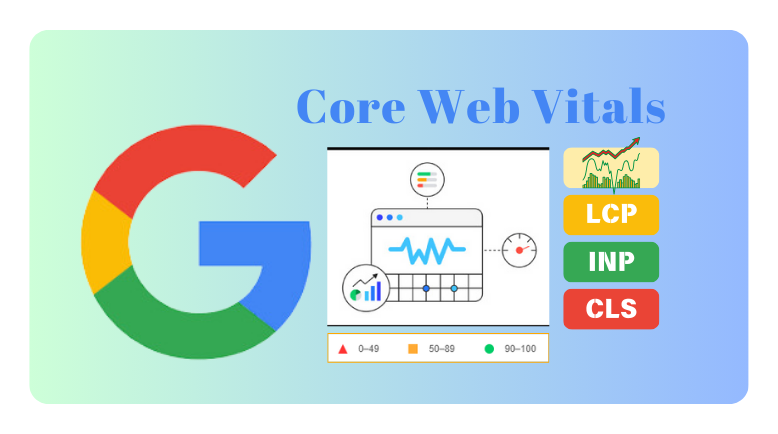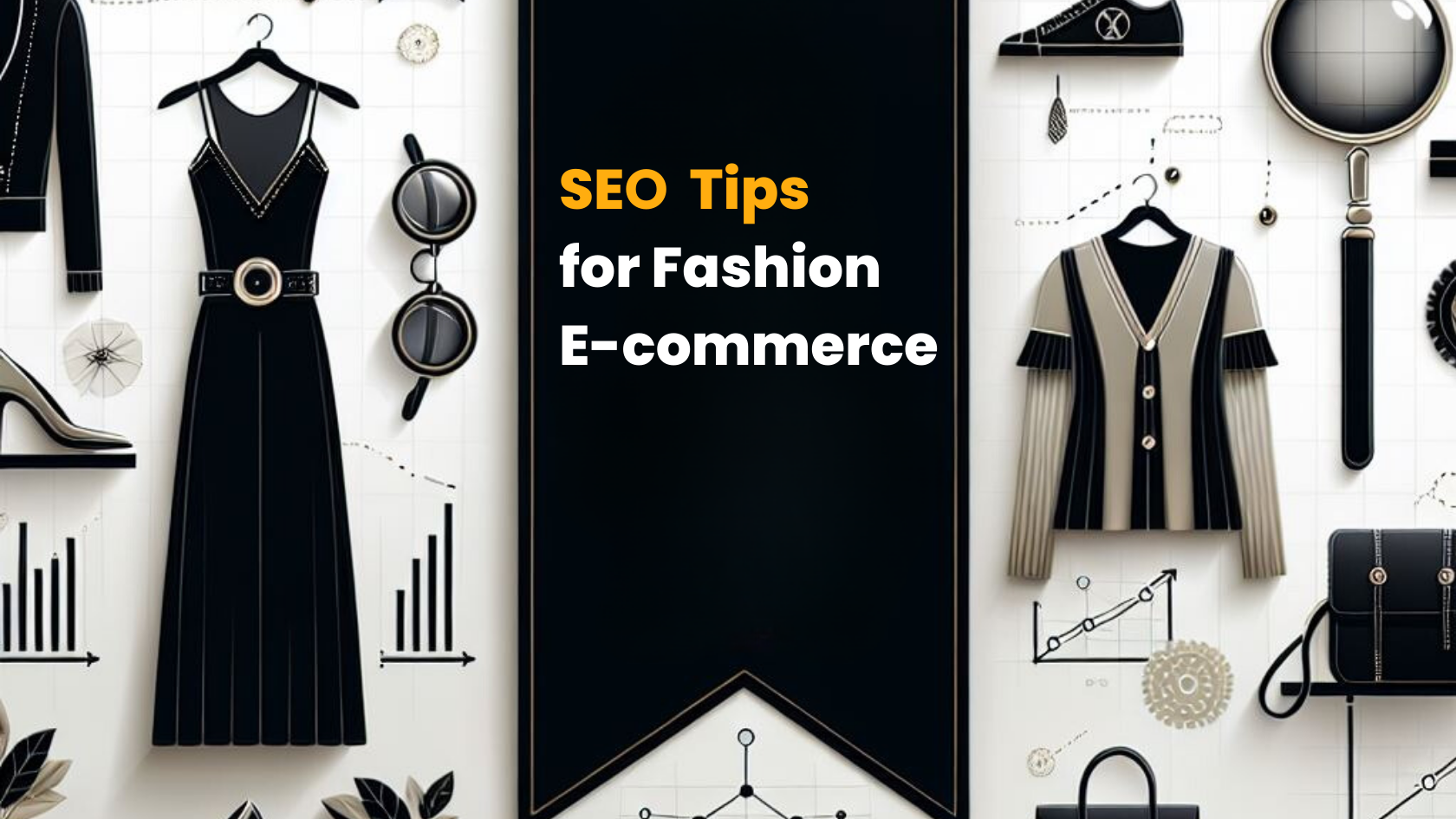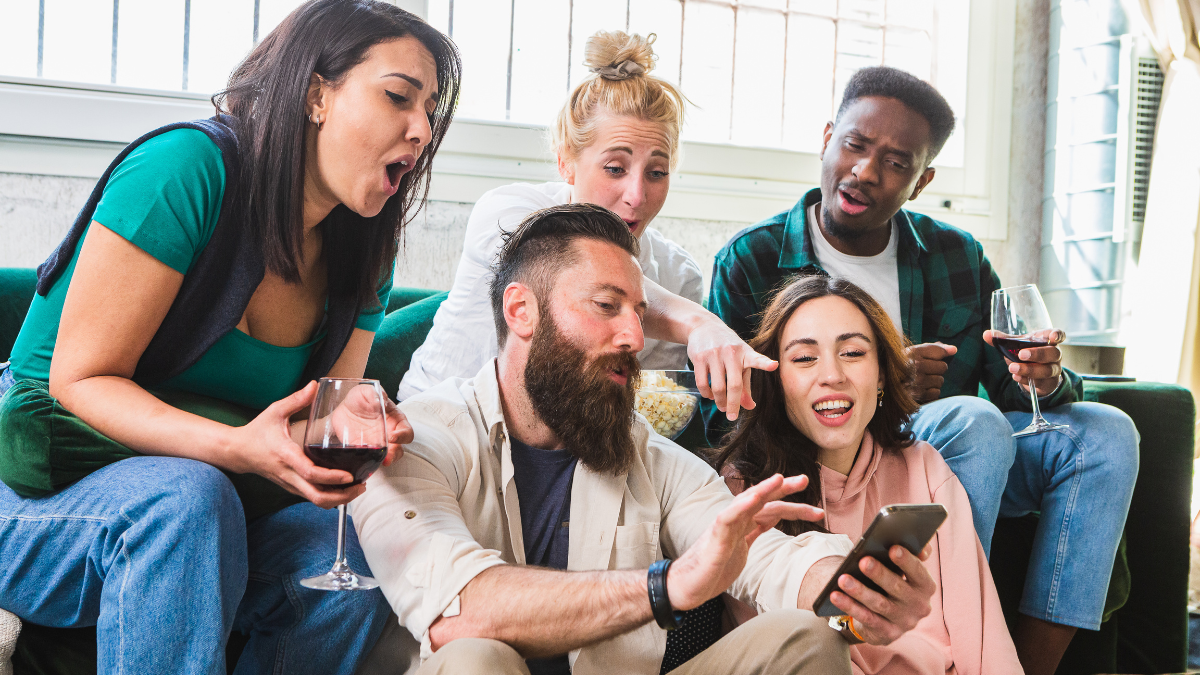The fashion industry is intensely competitive, and achieving high search engine rankings is vital for digital success. To keep up with changing SEO practices and Google’s algorithms, fashion e-commerce companies must adopt advanced e-commerce SEO services. From focusing on mobile-first optimization to using video content, the right approaches can boost organic visibility, traffic, and sales.
This guide will explore 12 proven SEO techniques to expand your fashion brand’s reach, enhance search visibility, and drive online sales growth.
Why does E-Commerce SEO matter for the Fashion Industry?
-
Increased Organic Traffic
SEO attracts qualified prospects actively searching for fashion items, minimizing paid advertising dependence.
-
Enhanced User Experience
The user experience is enhanced by effective SEO strategies, such as mobile friendliness and site speed optimization, which raise engagement and revenue.
-
Better Product Discoverability
Fashion consumers often search using specific terms like “summer dresses” or “men’s sneakers.” Optimized content ensures product visibility in search results.
-
Competitive Edge
In the highly competitive fashion space, SEO helps brands differentiate by targeting strategic keywords and establishing domain authority.
-
Cost-Effective Marketing
Unlike paid advertising, SEO delivers sustainable long-term benefits through consistent organic traffic generation.
-
Boosts Local Sales
Fashion retailers with physical locations benefit from local SEO optimization for “near me” searches.
-
Improves Brand Credibility
First-page Google rankings build consumer trust and authority, increasing purchase likelihood.
-
Increases Sales & ROI
SEO-driven traffic typically converts better as visitors actively seek specific fashion products.
-
Adapting to Voice & Visual Search Trends
With emerging voice search and visual tools like Google Lens, SEO ensures product optimization for modern shopping patterns.
-
Higher Search Rankings
Optimizing product pages and categories helps fashion brands rank higher in Google search engine results, making them more discoverable to potential customers.
SEO Strategies to Strengthen Your Fashion E-Commerce Rankings
Effective e-commerce SEO improves visibility, generates quality visitors, and increases revenue. Implement these strong optimization tactics to boost ranks and keep a competitive advantage.
Optimize for Mobile First Indexing
Google presently uses mobile-first indexing, which prioritizes mobile versions of websites for crawling and ranking.
According to a recent study, 23% of customers in the United States will make more than 75% of their transactions via mobile devices. Given that most fashion clients browse and purchase on smartphones, having a mobile-friendly website is vital to business success.
Best Practices for Mobile Optimization
Responsive Design: Implement a website design that fluidly adjusts to various screen dimensions and display resolutions.
Lightning-Fast Load Speed: Implement image compression techniques, lazy loading functionality, and Accelerated Mobile Pages (AMP) to minimize loading duration.
Simplified Navigation: Design an intuitive mobile menu structure, easily clickable buttons, and streamlined checkout experience.
Partner with premier digital marketing services to receive expert consultation in developing a fast, responsive, and mobile-friendly website.
Create High-Quality Content & Engaging Blog Posts
Developing premium, educational, and captivating content helps draw customers, increase time on site, and establish brand credibility. Enhance your fashion store’s content using on-page SEO elements to boost visibility.
Fashion Blog Ideas That Drive Traffic
Trend Reports & Seasonal Guides: Update customers on current fashion movements.
How-to Style Guides: Provide professional guidance on how to accessorize, put together ensembles, and dress for the right occasion.
Reviews of fashion products: Assess various designs, materials, and manufacturers to assist buyers in making well-informed decisions.
Influencer and Celebrity Partnerships: Exchange professional opinions, discussions, and suggestions.
On-Page SEO Essentials
- Optimize Title Tags & Meta Descriptions
- Use Header Tags (H1, H2, H3)
- Incorporate Internal Links
- Optimize Image Alt Text & File Names
How AI is Changing Content Creation?
AI platforms such as ChatGPT and Jasper support content development, keyword analysis, and blog topic generation. However, human oversight remains essential for preserving brand identity, genuineness, and emotional resonance with your target audience.
Implement Advanced Keyword Strategies
Strategic keyword optimization enables search engines to comprehend your content, facilitating potential customers in discovering your products.
Types of Keywords to Target
Short-Tail Keywords: Examples include “women’s dresses,” “sneakers for men.”
Long-Tail Keywords: Such as “best summer dresses for petite women,” “affordable leather jackets for winter.”
Transactional Keywords: Including “buy designer handbags online,” “discounted wedding dresses.”
Voice Search-Friendly Keywords: Like “Where can I buy trendy sneakers near me?”
AI & SEO Tools for Keyword Research
Use Google Keyword Planner, Ahrefs, SEMrush, and AnswerThePublic to identify high-traffic and purchase-intent keywords.
Fashion companies can increase organic exposure and sales by using these high-intent keywords in product descriptions, category pages, and blog material.
Optimize for Visual & Voice Search
Consumers are increasingly adopting visual search tools like Google Lens, Pinterest Lens, and Instagram Shopping to discover products through images rather than traditional text searches.
How to Optimize for Visual Search?
Use High-Resolution Product Images & Videos: Deploy crystal-clear, professional-quality visuals with comprehensive alt text and descriptive file naming conventions.
Add Schema Markup: Implement structured data markup to provide search engines with detailed product specifications and attributes.
Enable Reverse Image Search: Ensure your visual content is properly optimized for compatibility with platforms such as Google Lens.
Voice Search Optimization for Fashion Brands
As voice-enabled devices like Alexa, Siri, and Google Assistant become more prevalent, fashion brands must adapt their optimization strategies for natural language queries.
Use Conversational Phrases: Incorporate natural language like “Best affordable summer dresses for 2024” instead of “cheap dresses summer.”
Include FAQ Sections: Create comprehensive FAQ pages that address customer inquiries in a natural, conversational manner.
Optimize for Local Voice Searches: Target location-specific queries like “Where can I find luxury handbags near me?”
Improve Website Speed & Core Web Vitals
Websites with smooth user experiences and fast loading times are given preference by search engines. Speed, interaction, and visual stability are just a few of the crucial elements of page performance that Core Web Vitals evaluates. These factors have a big influence on user experience (UX) and SEO success.
 Reduce Image & Video Sizes: Implement WebP formats and utilize advanced compression technologies.
Reduce Image & Video Sizes: Implement WebP formats and utilize advanced compression technologies.
Enable Browser Caching: Implement local data storage solutions to enhance loading speeds.
Minimize HTTP Requests: Streamline scripts and optimize CSS/JavaScript files.
Use CDN (Content Delivery Network): Enhance content delivery speed for users worldwide.
Fast-loading websites demonstrate improved user engagement metrics, lower bounce rates, and higher conversion percentages.
Strengthen Link-Building & Digital PR
Quality backlinks remain crucial indicators of website authority and contribute to improved search rankings.
Link-Building Strategies for Fashion Brands
- Creating Guest Content for Fashion Publications.
- Partnering with Industry Influencers for Backlinks.
- Securing Features in Fashion Media & Press Coverage.
- Generating Links through User-Generated Content (UGC) & Customer Reviews.
Social Media Marketing
Platforms including Instagram, TikTok, and Pinterest serve as excellent channels for acquiring backlinks and enhancing brand visibility.
Combine Social Media with SEO
While social signals aren’t direct ranking factors, effective social media marketing services drives significant traffic and engagement.
Optimize Social Profiles: Implement SEO-friendly handles, descriptions, and strategic hashtags.
Use Shoppable Posts: Leverage shopping features on Instagram and Facebook to direct traffic to product pages.
Integrating social media with SEO enables fashion brands to create comprehensive digital marketing strategies that boost awareness and traffic.
Optimize for Local SEO
Many fashion consumers search for local shopping options, boutiques, and retail experiences. Local SEO optimization aids companies in attracting local clients who are actively looking for goods in their area.
Optimize Google Business Profile (GBP): In all digital platforms, make sure your name, address, and phone number (NAP) are accurate and consistent.
Implement Local Keywords: Use terms like “premium fashion boutique in [city]” or “designer clothing store near me.”
Cultivate Customer Reviews: To improve local search exposure, build a strong online reputation by leaving good Google and Yelp reviews.
Develop Location-Based Content: Create blog posts highlighting regional fashion trends and store-specific style guides.
Establish Local Link Networks: Collaborate with regional fashion bloggers, style influencers, and lifestyle magazines for quality backlinks.
Pro Tip: For brick-and-mortar locations, implement an interactive store locator featuring Google Maps integration to improve user experience and local search performance.
Maximize User-Generated Content (UGC) for SEO Impact
Leverage authentic customer-created content, including reviews, images, and testimonials, to enhance search rankings while building social proof.
Solicit Customer Feedback: Actively request product reviews across your website and Google platforms.
Showcase UGC on Products: Display authentic customer imagery within product galleries.
Create Social Media Hashtag Initiatives: Utilize social media marketing services to establish branded hashtags (e.g., #StyleYourWay).
Incentivize UGC Creation: Provide special offers for photo and video testimonials.
Optimize Influencer Partnerships: Encourage brand mentions and tags for expanded reach.
SEO Benefit: UGC drives user engagement, extends session duration, and provides fresh content that search engines prioritize.
Leverage Video Content for Enhanced SEO Performance
The fashion industry thrives on visuals, with video content driving improved engagement metrics, time on site, and click-through rates.
Detailed Product Videos: Highlight fabric details, color variations, and fit guides.
Style Guide Content: Create comprehensive outfit inspiration videos.
Production Insights: Document design processes and manufacturing techniques.
Authentic Reviews: Feature influencer and customer try-on experiences.
Interactive Shopping: Conduct live sessions across YouTube, TikTok, and Instagram platforms.
Pro Tip: Optimize YouTube uploads with strategic titles, detailed descriptions, and relevant tags, then embed these videos within product pages for maximum SEO impact.
Optimize Navigation & Site Architecture
A strategically organized website enhances user experience, search engine crawlability, and rankings while minimizing bounce rates. Focus on technical SEO elements and intuitive navigation to create an optimal shopping journey.

Streamline Product Categories: Implement SEO-friendly naming conventions (e.g., “Designer Evening Dresses” vs “Dresses”).
Add Breadcrumb Navigation: Enhance site hierarchy understanding for users and search engines.
Strengthen Internal Links: Connect related products and content to boost SEO value.
Optimize Checkout Flow: Implement efficient purchase processes to reduce cart abandonment.
Consistently Track & Evaluate SEO Metrics
SEO success demands vigilant monitoring, comprehensive testing, and continuous optimization. Regular performance tracking enables strategic adjustments to maximize return on investment.
Key SEO Metrics to Monitor
- Organic Traffic & CTR: Evaluate search result click-through rates and visitor engagement patterns.
- Keyword Rankings: Monitor position changes for target keywords using professional tools like Ahrefs or SEMrush.
- Bounce Rate & Dwell Time: Analyze user behavior metrics to identify potential content or experience issues.
- Conversion Rates from Organic Traffic: Track how effectively SEO efforts drive actual revenue.
- Core Web Vitals (Speed & UX): Utilize Google PageSpeed Insights to identify performance enhancement opportunities.
Best SEO Analytics Tools for Fashion E-Commerce
Google Analytics & Google Search Console: Monitor traffic patterns, keyword performance, and technical issues.
SEMrush & Ahrefs: Analyze competitive rankings and track keyword positioning trends.
Hotjar & Crazy Egg: Evaluate user behavior through heatmaps and interaction analysis.
Pro Tip: Partner with professional digital marketing services for regular SEO audits to maintain optimal site performance and competitive advantage.
Utilize PPC & SEO Together for Maximum Impact
Fashion e-commerce success relies on combining SEO and PPC strategies for comprehensive market visibility. While SEO builds sustainable organic growth, partnering with an e-commerce PPC management agency delivers immediate sales through precision-targeted advertising. This integrated approach maximizes brand exposure, enhances conversion rates, and maintains market leadership.
Conclusion
Fashion e-commerce excellence extends beyond product quality—it demands robust SEO implementation. Optimizing Core Web Vitals, local search presence, user-generated content, and navigation architecture drives ranking improvements and sales growth through 2025. Professional e-commerce SEO services ensure sustained market performance. Maintain continuous strategy refinement, performance analysis, and trend adaptation to preserve competitive advantage and maximize digital success.
Transform your fashion brand through expert SEO! Contact our team today!
FAQ











